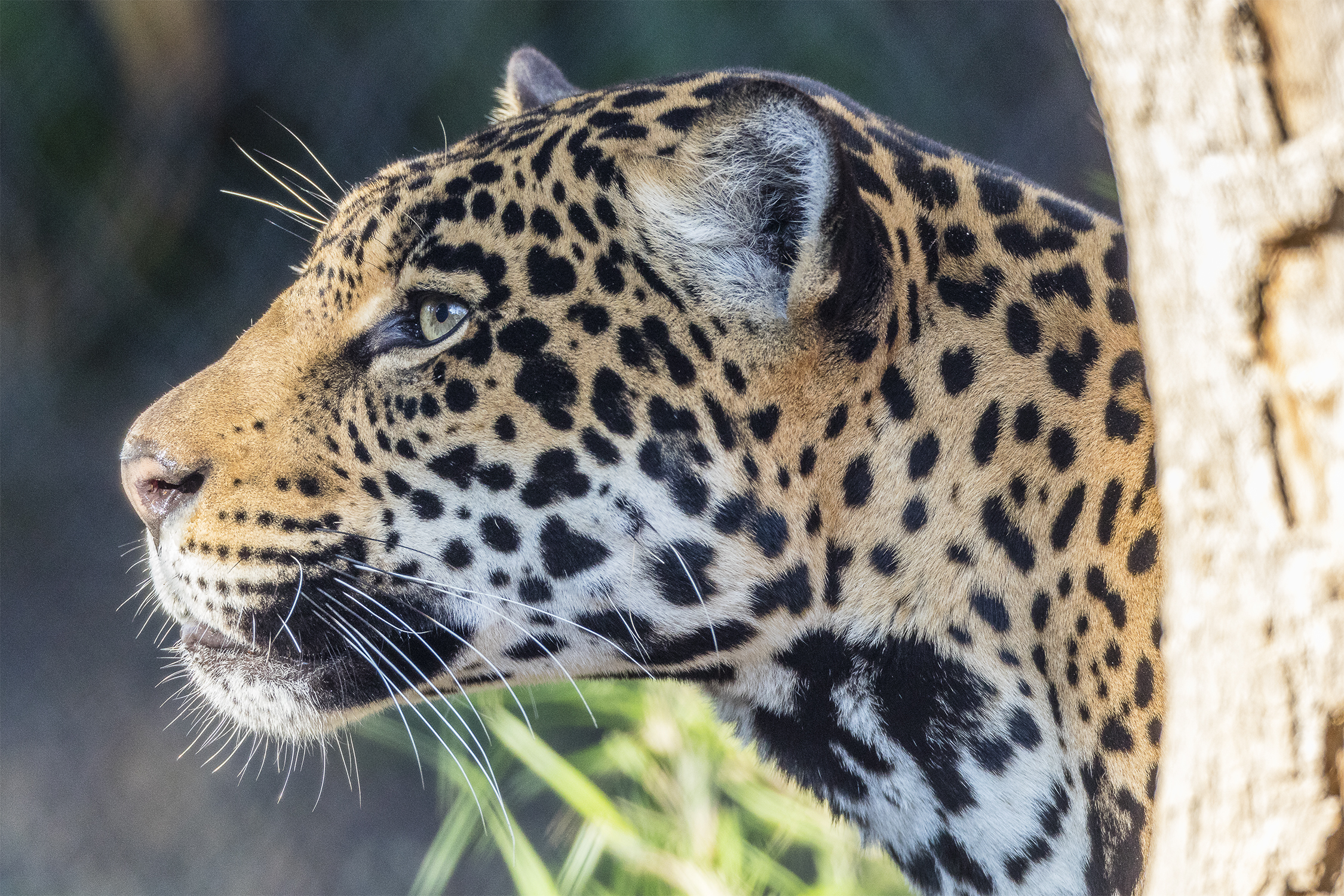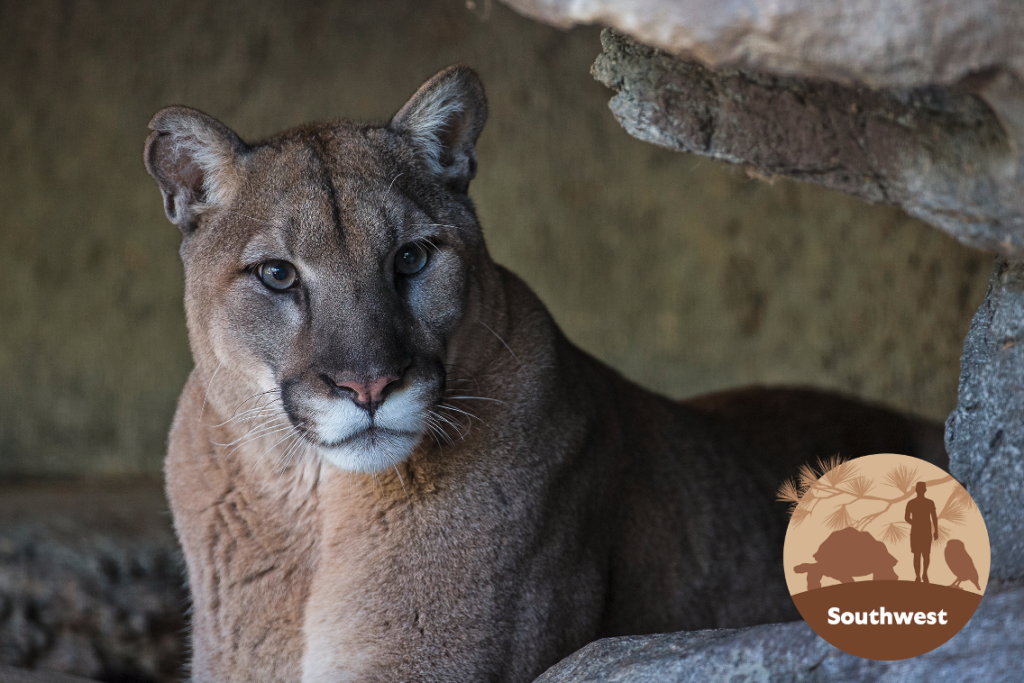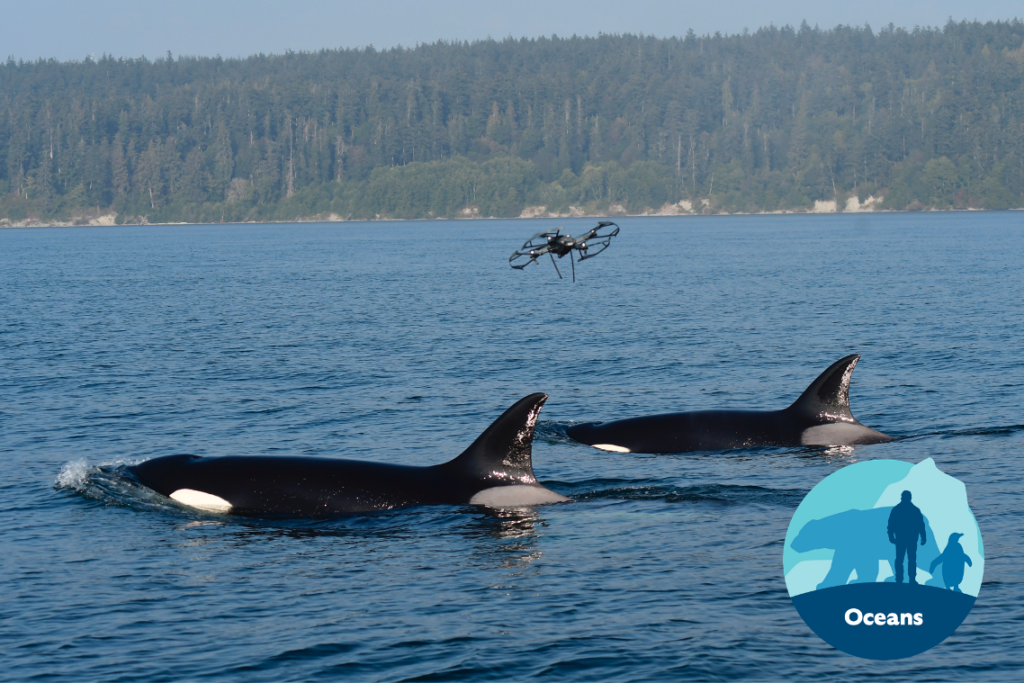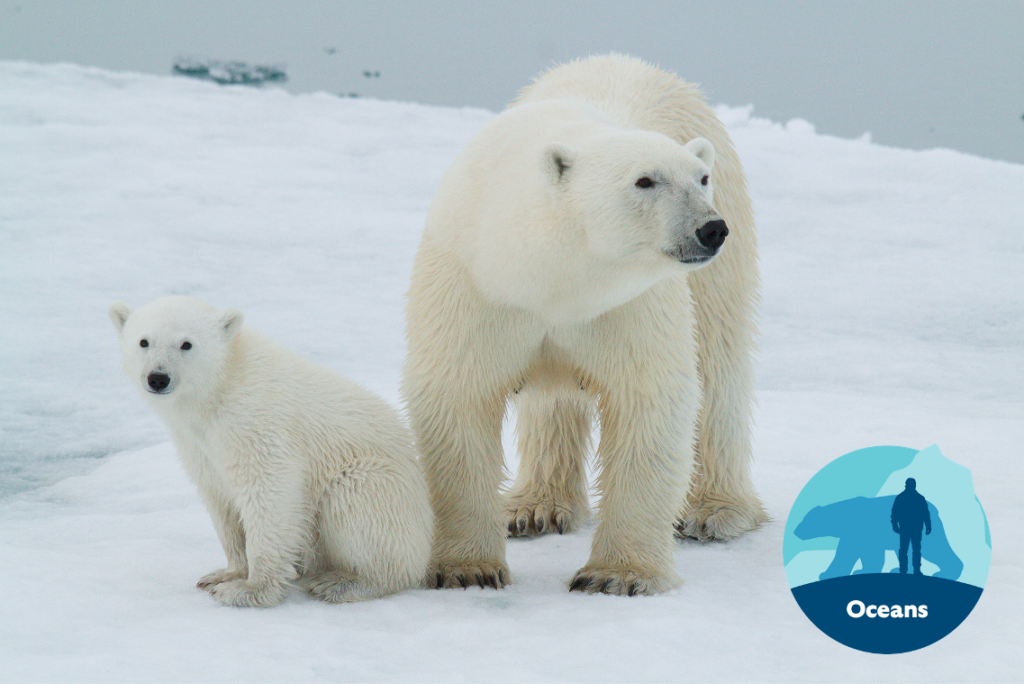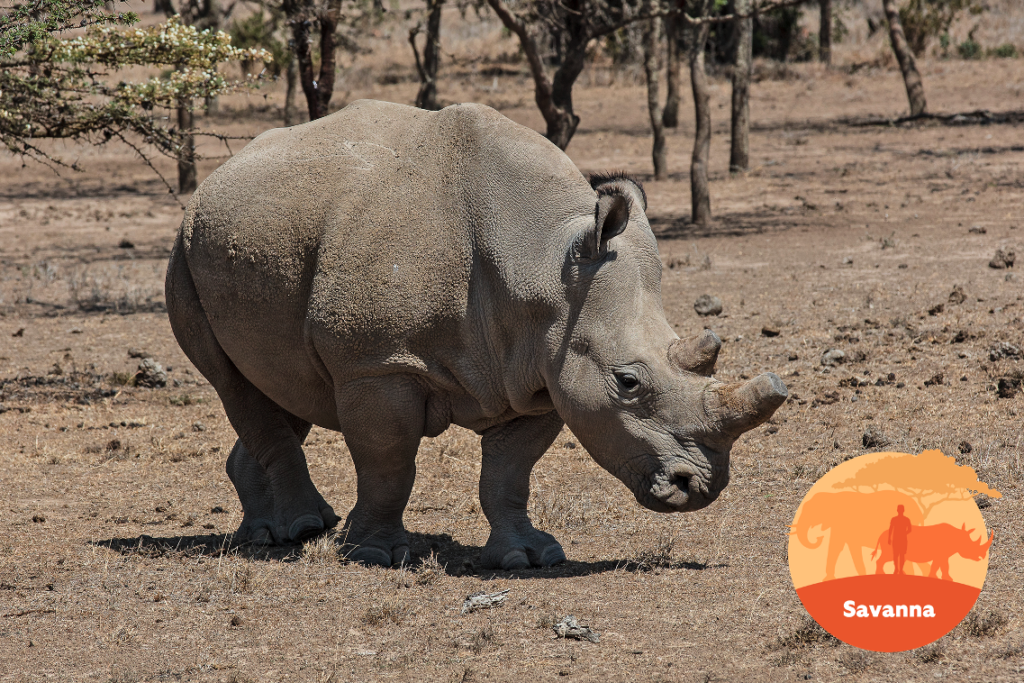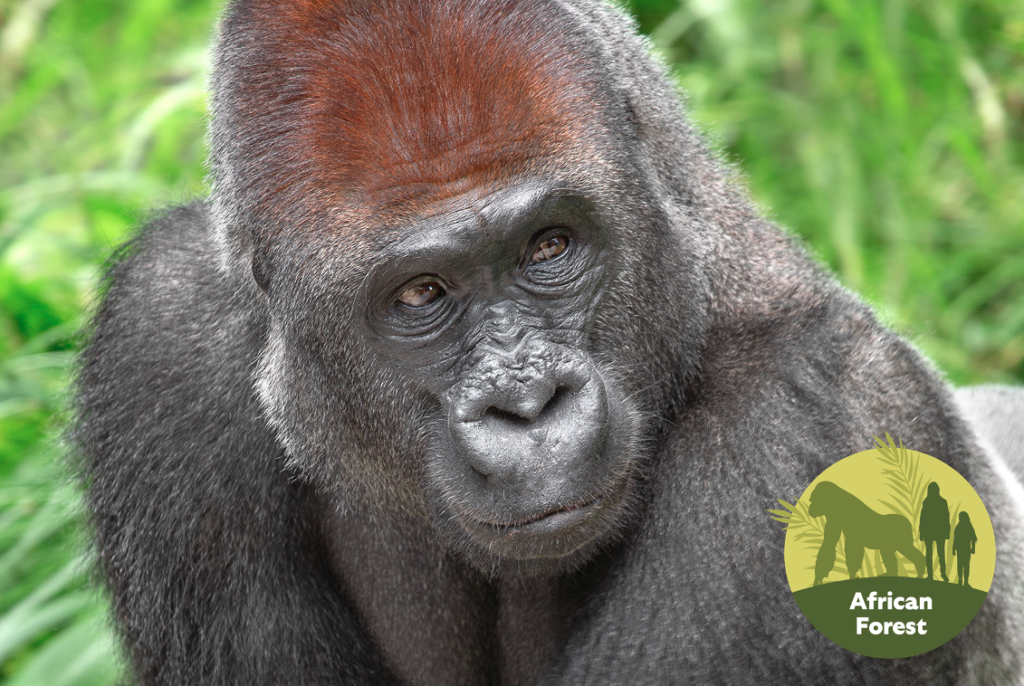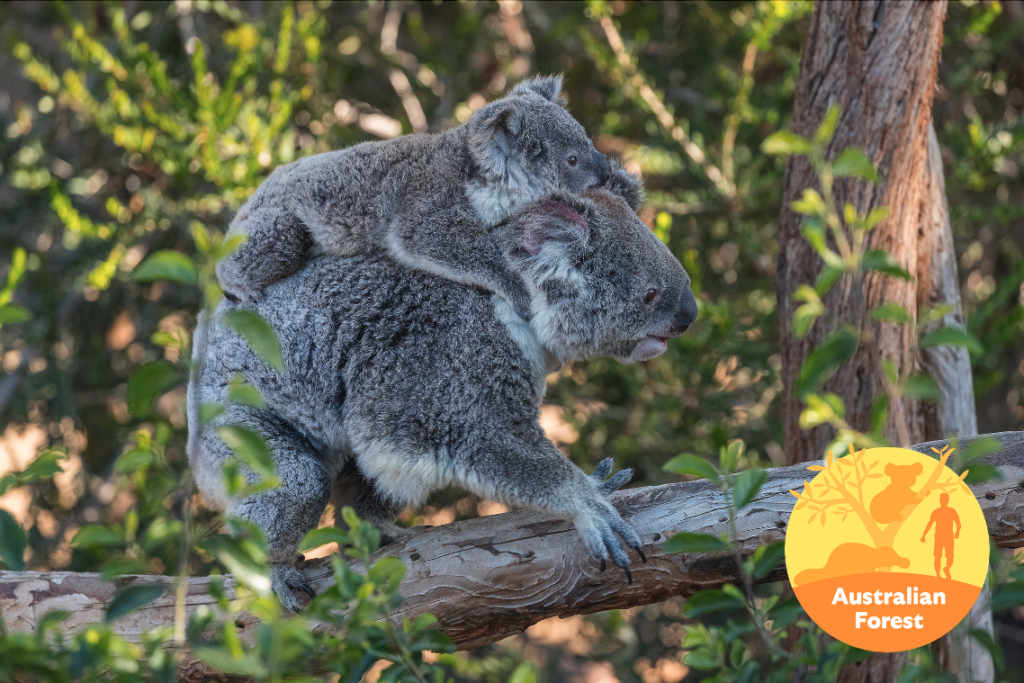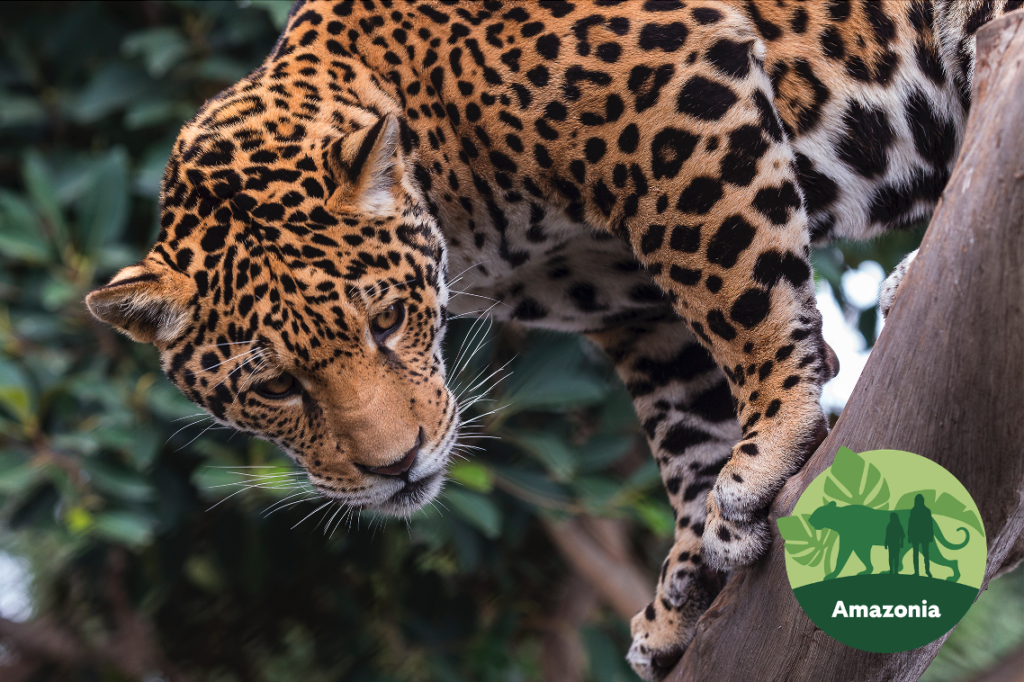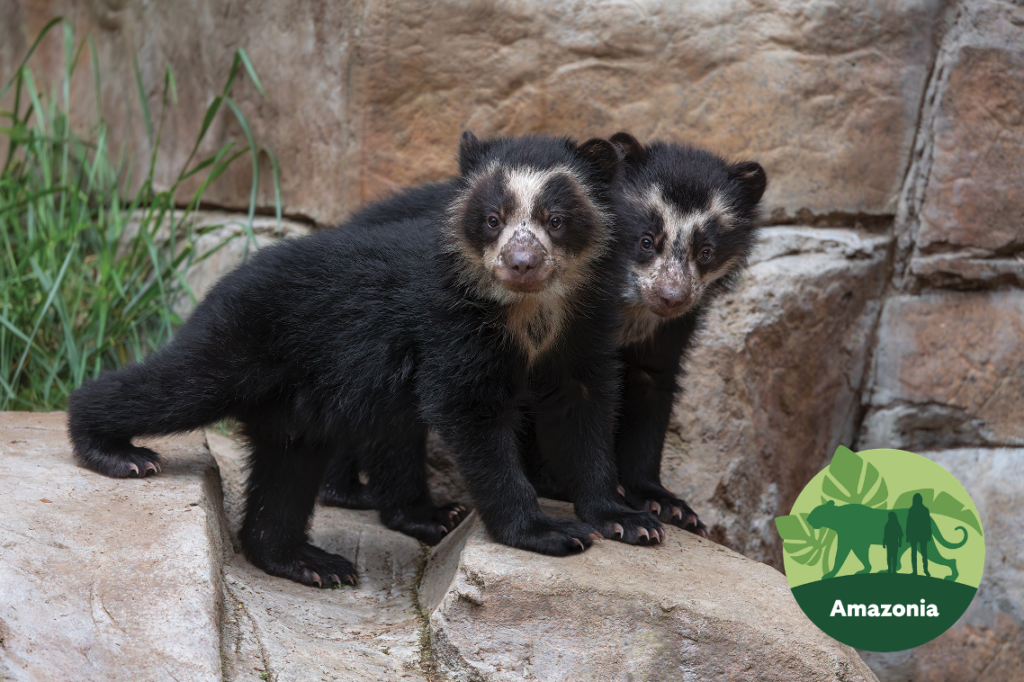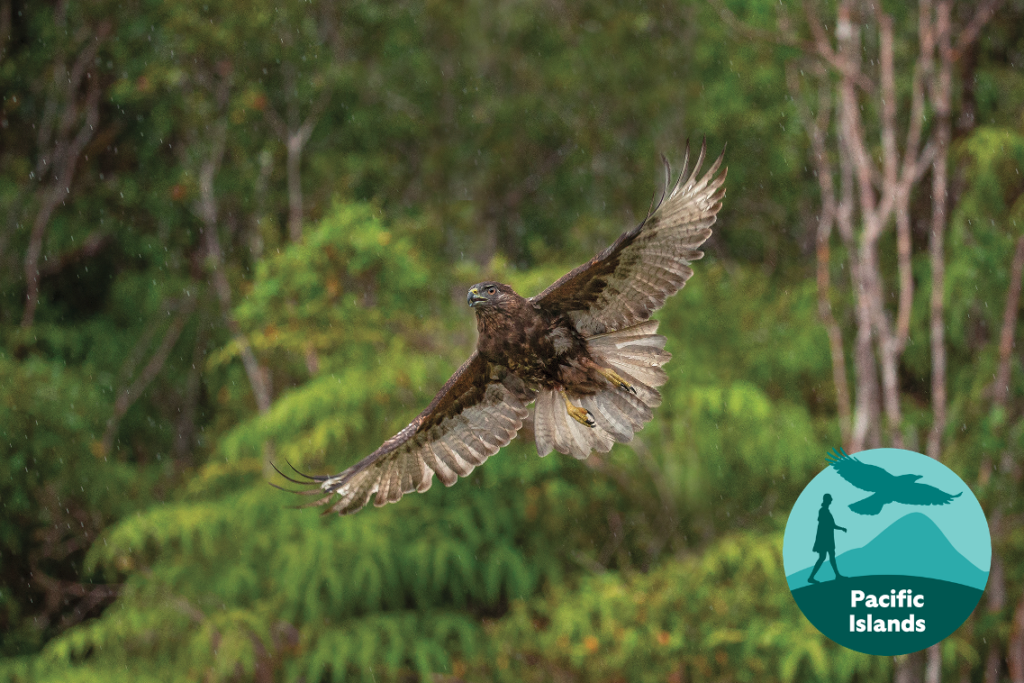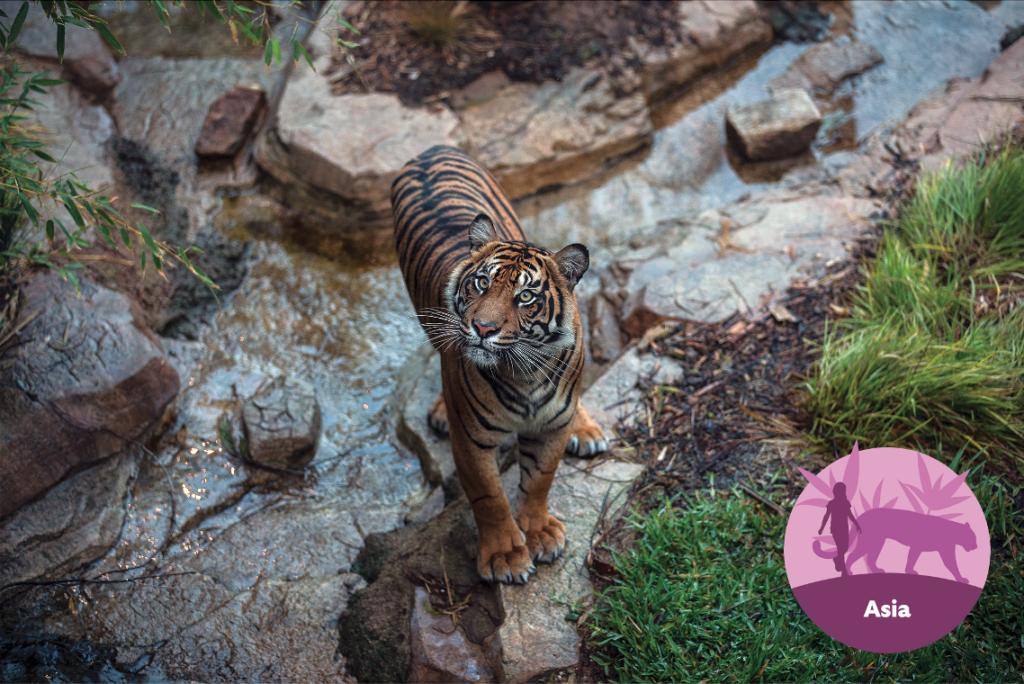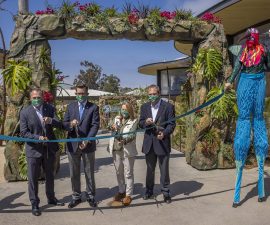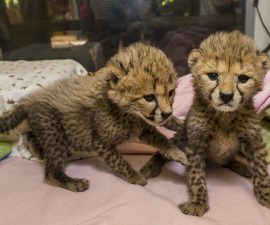Pioneering New Tools for Conservation
Technology is making a powerful difference in the world of conservation. From critically endangered tigers prowling the rainforest to vulnerable polar bear cubs crossing Arctic sea ice, the potential impact is boundless. At the San Diego Zoo, San Diego Zoo Safari Park, our Conservation Technology Lab, and conservation sites across the globe, our teams are at the forefront. They develop revolutionary tools to bridge gaps in knowledge and inform conservation decisions that save, protect, and care for wildlife.
With the support of allies like you, we’re pioneering niche technology from scratch, resourcefully incorporating existing equipment, and generating affordable and accessible options that can be used even in the most extreme, remote locations. And with the invaluable help of the wildlife we care for, we’re in a unique position to validate technology that drives our work in the field.
The advancements we’re making are already changing the game. Artificial intelligence and machine learning are helping us classify and analyze millions of trail camera images at lightning speed. We’re using drones to gather insights on wildlife health, habitats, and populations. Through genomic sequencing and DNA analysis, we can monitor and understand species like never before. Our technology and expertise are improving all the time, and every step forward brings us closer to finding solutions where they’re needed most.
Together with our allies and partners, we’re bringing these vital innovations to all corners of the globe. Journey into our eight Conservation Hubs to explore how cutting-edge technology is safeguarding the future for wildlife.
Southwest Conservation Hub
Light on for Lions
Could a flash of light or a quick burst of noise be the key to California mountain lion conservation? Mountain lion habitats are shrinking, which leads to more frequent contact with people. This can be challenging for human-wildlife coexistence. As part of our larger efforts to save these local big cats, we’re working with partners on strategies that will protect mountain lions and all who share the ecosystem.
To identify ways to keep mountain lions a healthy distance from people and domestic animals, we study and test deterrent systems. Since these cats tend to shy away from noise and light, we experimentally set up small devices that illuminate and make sounds. Using trail cameras and GPS tracking collars, we then monitor mountain lion movements across these areas to see how they respond. These findings help foster coexistence, restoring and maintaining the delicate balance of our Southwest ecosystem.
Oceans Conservation Hub
Flying Breathalyzer
Majestic, graceful, and powerful beyond measure, killer whales take our breath away. And it turns out taking their breath—or samples of it—is actually crucial to saving them. With fewer than 75 Southern Resident killer whales remaining, monitoring the health of this critically endangered population is integral to ensuring their future. But it’s tricky to conduct health checks on a species that lives underwater and swims up to 35 miles per hour. Fortunately their breath, which is exhaled in a cloud-like plume from the blowhole when they surface, can provide a snapshot into their well-being.
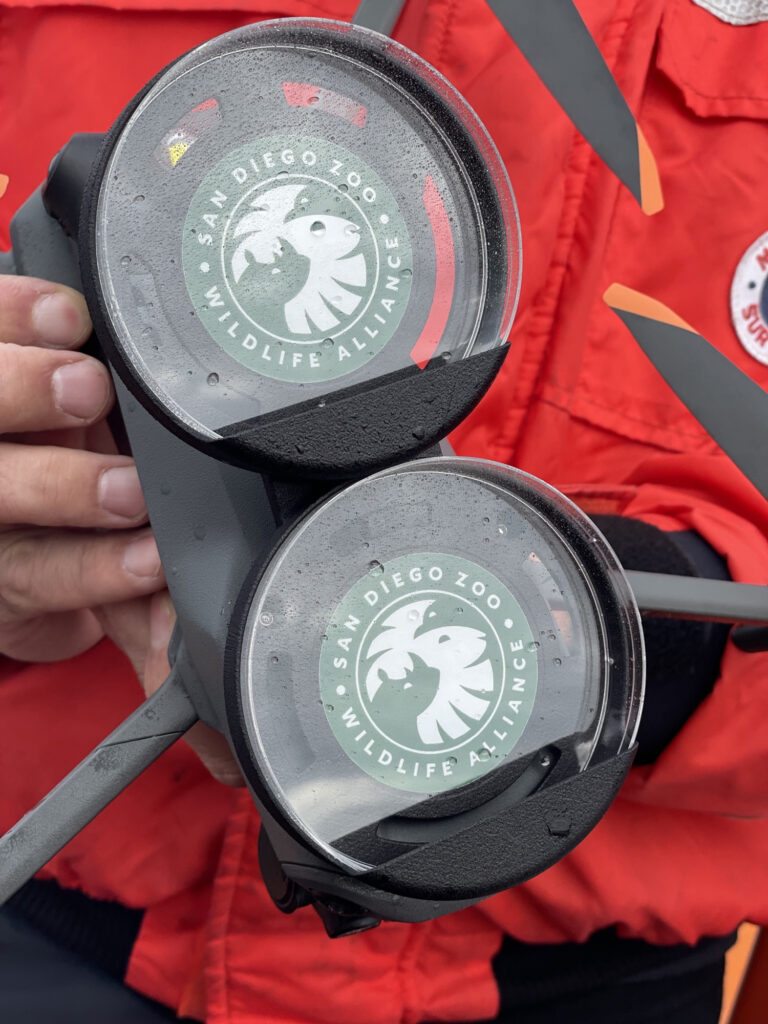
In a groundbreaking collaborative effort with our partners, we’re using special drones to collect breath droplets from these whales. Building on existing technology, we transformed ready-made drones into whale breathalyzers by mounting petri dishes alongside a video camera. This novel setup lets experienced pilots aerially locate the whales and noninvasively gather samples that will shape plans to save the species.
Cub Cams for Conservation
Healthy offspring and flourishing future generations are key to the long-term preservation of any species. For young and vulnerable polar bear cubs, survival depends on adequate time spent growing in their maternal dens. Determining the threats they face in this important phase of life is essential to keeping cubs safe. But because polar bears live in some of the most extreme temperatures and most remote places on Earth, conservationists have previously been in the dark about polar bear denning behavior.
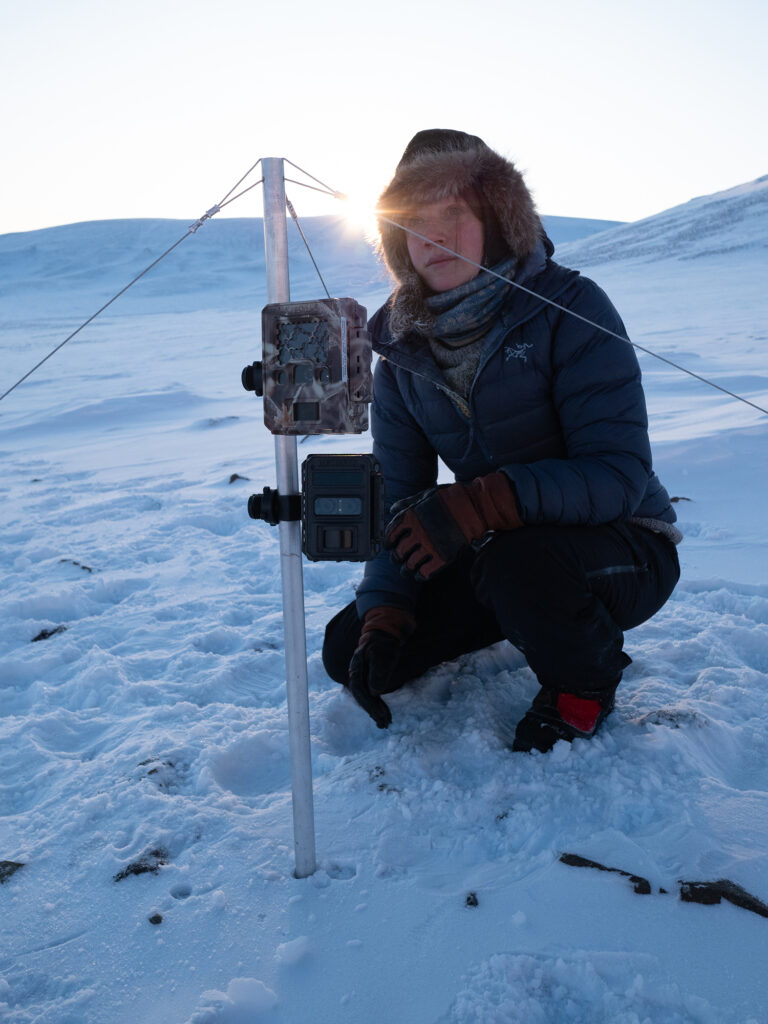
Working closely with our partners, we’re creating the right tools for the job. We developed an inventive Mini DenCam camera that allows us to gather data in even the harshest conditions. This technology is helping us gauge how climate change affects the timing of polar bear births and the readiness of cubs once they emerge from the den.
Savanna Conservation Hub
Biobanking on It
While only two northern white rhinos remain on Earth, hope for a new generation lives on in our Wildlife Biodiversity Bank. Here, 12 genetically diverse living cell lines are carefully cryopreserved in our Frozen Zoo®, promising a future for these critically endangered rhinos.

These cells hold the key to recovery for this iconic species, opening the door for assisted reproduction and genetic rescue efforts, including cloning. As we combine trailblazing conservation science and reproductive technologies through our Northern White Rhino Initiative, we’re getting closer to unlocking this frozen potential every day.
African Forest Conservation Hub
Protecting Primates
Cameroon’s dense, mountainous Ebo forest is home to breathtaking and abundant biodiversity. To protect it, conservationists need a better understanding of this at-risk ecosystem and the wildlife within. Working hand-in-hand with partners, we’re using motion-activated trail cameras to monitor elusive species in remote areas. These cameras offer critical insights on species behavior, health, and habitat use that help shape conservation plans. This is especially important when it comes to protecting endangered primates, including a gorilla subspecies found nowhere else and the only chimpanzees known to use tools in more than one way.
Australian Forest Conservation Hub
Sequencing That Saves
In vulnerable and endangered koala populations, koala retrovirus (KoRV) poses a grave threat. Widespread and naturally occurring, this deadly virus is linked to life-threatening health issues, including cancer and other diseases. It can also insert itself into the koala’s genome, becoming a part of their complete set of DNA. This means the secret to managing and minimizing KoRV could be held in their DNA as well.
Partnering with experts in koala care, genomic sequencing, retrovirology, bioinformatics, and conservation, we’re analyzing KoRV across koala genomes to improve health and conservation outcomes for the species. Our Wildlife Biodiversity Bank preserves living cell lines and other samples, including some that have been cryopreserved for decades. With the help of those samples, we’re collaborating to sequence whole genomes of nearly 100 koalas in order to create the world’s largest koala genomic database. This resource will be shared globally to further koala conservation efforts, aid in the prevention of disease, and ensure the species’ long-term survival.
Amazonia Conservation Hub
Laboratory Among the Vines
As the world’s largest tropical rainforest, Amazonia is as vital as it is remote. Accessibility, affordability, and effectiveness in conservation efforts is pivotal to protecting these ecosystems and their rich biodiversity. That’s why we’re bringing leading-edge scientific resources and technologies to the heart of this vast wilderness.
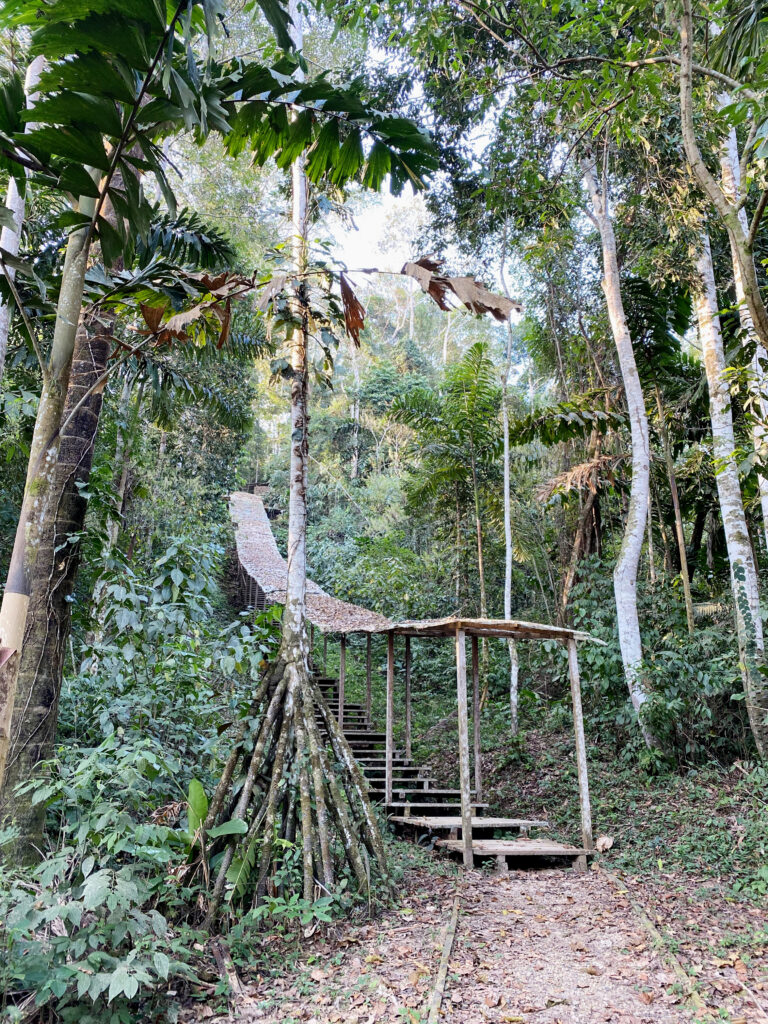
We collaborated to launch the solar-powered Wildlife Conservation Laboratory at Los Amigos Biological Station in the southeastern Peruvian Amazon. At this in situ (in place) lab, we’re strategically investing in high-quality, low-cost technology for biodiversity monitoring, disease surveillance, environmental contaminant testing, and wildlife health. Tools including DNA sequencing technology and a pipetting robot enable real-time, on-site analysis. Whether gauging toxic mercury levels or confirming the species of rescued primates to inform reintroduction efforts, this tech makes it possible to address regional threats at the source and take action that much quicker.
Identifying Individuals
Andean bears have spectacle-like rings of fur around their eyes that are unique to each individual, just like our fingerprints. These distinguishing features play a surprising role in conservation for this threatened species. Using photographs of Andean bears we care for at the San Diego Zoo, scientists are able to train facial recognition software to identify individual bears on trail camera footage.

At our Conservation Technology Lab, parallel breakthroughs with artificial intelligence and machine learning allow us to automatically match patterns across large sets of trail camera photos. This means we can identify individuals of species with distinct patterns, such as giraffes, leopards, and jaguars. These advancements exponentially speed up wildlife research and have an extraordinary impact on our ability to assess populations, behaviors, and more.
Pacific Islands Conservation Hub
Technology Takes Flight
Soaring over the skies of a single Hawaiian island, the ‘io is a culturally revered local hawk species exclusive to this region. Yet surprisingly little is known about these birds of prey. With ongoing threats, including climate change and habitat loss, conservationists are working to increase understanding in order to protect them.
To remotely monitor ‘io in their native habitats, teams are capitalizing on recent developments in the miniaturization of wildlife tracking technologies. Birds are fitted with a small, lightweight GPS transmitter attached with a custom harness that is designed to fall off over time. These solar-powered “bird backpacks” share daily high-resolution data on the ‘io’s movements, providing a wealth of information that will help us secure their future.
Asia Conservation Hub
Leaving Their Mark
Monitoring elusive and critically endangered Sumatran tigers throughout Indonesia’s rainforests is no easy feat. Innovative genome sequencing technology may help change that. These big cats, like all living beings, leave trace bits of DNA everywhere they go. Scientists are developing ways to analyze this environmental DNA, called eDNA, left behind in pawprints to learn about overall health, movements, and other critical information. They’re fine-tuning the process by sampling the tracks of tigers we care for at the San Diego Zoo Safari Park. Eventually, they’ll use eDNA to detect individual tigers in native habitats, making it easier to monitor populations and engage conservation solutions.
You make these cutting-edge innovations possible! Discover more about how your support fuels lifesaving efforts for wildlife worldwide through our eight Conservation Hubs.

